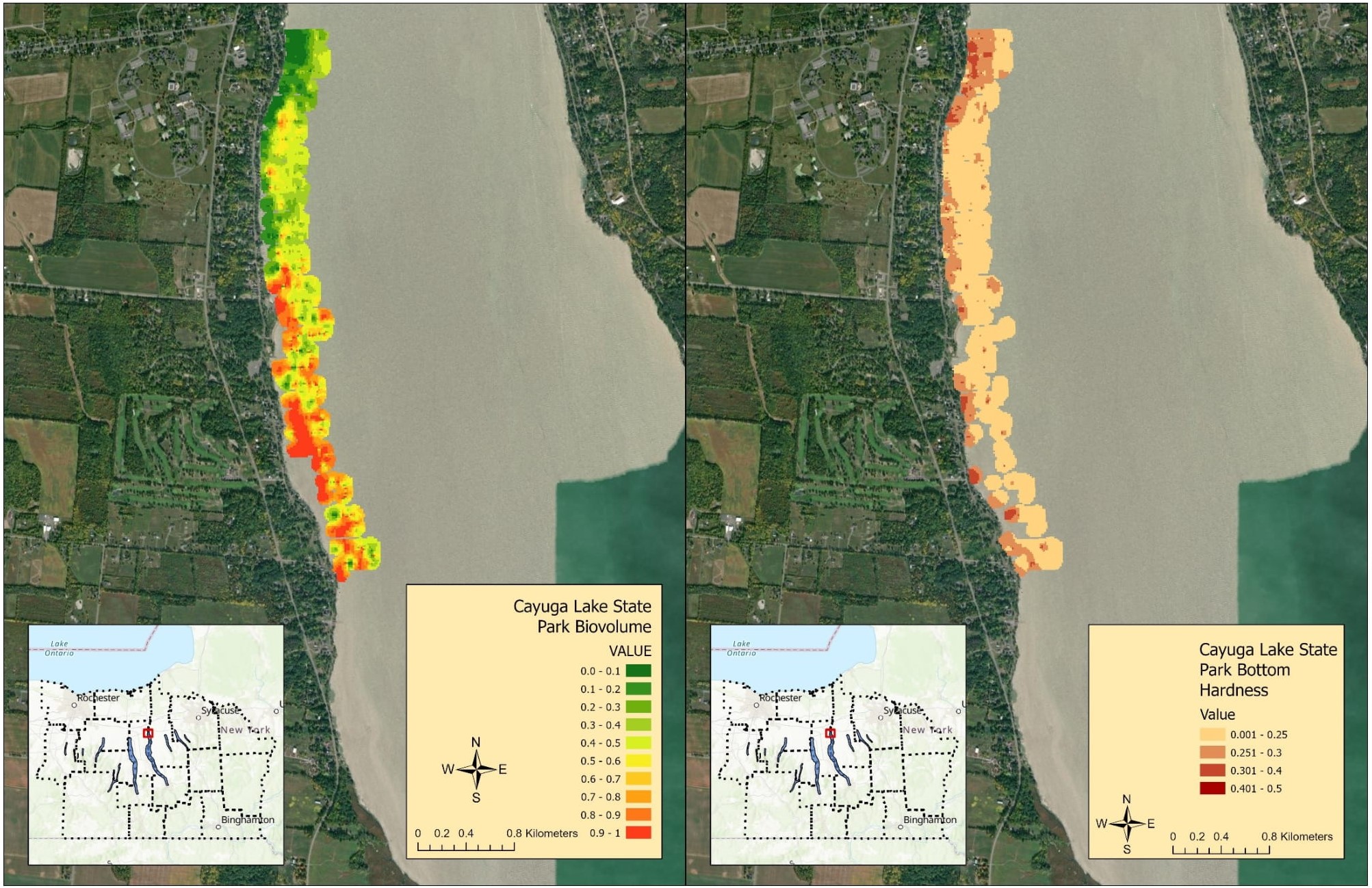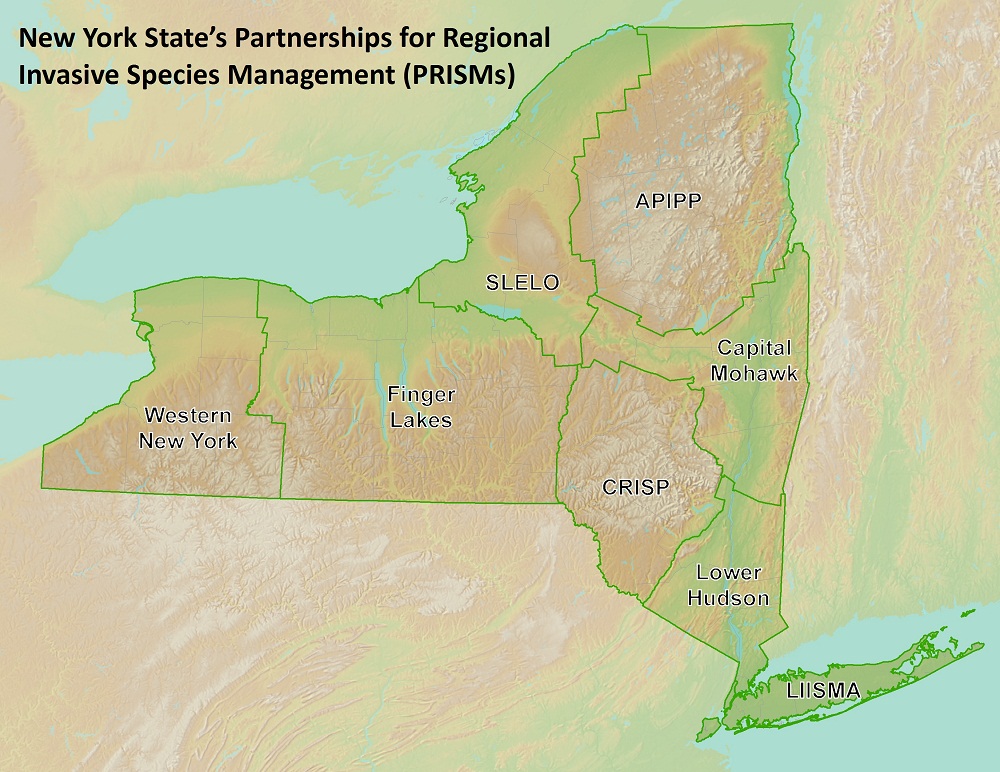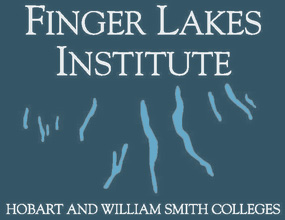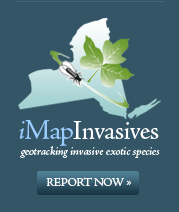EDRR: Early Detection & Rapid Response Efforts
Prevention is the best invasive species management strategy. Being able to stop the spread of invasive species before they enter new areas is key to management and saves resources. However, even the best prevention efforts may not stop the introduction of invasive species. The next most effective strategy is Early Detection and Rapid Response (EDRR). EDRR describes the process of locating and eradicating invasive species populations early in the invasion process. When invasive species infestations are small or not well-established, they are considerably easier to control. EDRR is significantly more effective than late-stage solutions.
High Priority Aquatic Invasive Species (AIS)
In the Finger Lakes PRISM region, certain species have been designated as a high priority due to their potential impact to the region. We are looking to actively prevent the spread and control infestations of these AIS.
More information on priority invasive species here
Tiered list for priority invasive species here
EDRR Efforts in the Region
Point Intercept Surveys
Point-intercept surveys are conducted in Finger Lakes region waterbodies, including Lake Ontario’s embayment’s:
- with known populations
- nearby known infestations
- around high-use boat launches
- areas considered to be likely habitat
For information on our aquatic plant surveys, which target hydrilla and other high-priority AIS, check out our StoryMap!
Hydroacoustic Surveys
Hydroacoustic data is collected at various sites and analyzed by BioBase to determine water depth, biovolume of macrophytes in the water column, and bottom hardness. BioBase is a company that automates the generation of maps and creation of data from raw collected data.
Biovolume is the amount of space taken up in the water column by macrophytes. Bottom hardness is a scale soft, medium, and hard rating of the hardness of the sediment.
Sampling locations include areas on:
- Canandaigua Lake
- Keuka Lake
- Seneca Lake
- Cayuga Lake
- Owasco Lake

 Maps of BioBase sampling sites (top) in 2022 and example biovolume (Left) and bottom hardness (Right) maps for Cayuga Lake State Park.
Maps of BioBase sampling sites (top) in 2022 and example biovolume (Left) and bottom hardness (Right) maps for Cayuga Lake State Park.
Community Science
You can help monitor the spread of invasive species by becoming a member of our Macrophyte Survey Program (MSP). This program focuses on involving the community in identifying and reporting high-priority aquatic invasive species across the Finger Lakes region, including hydrilla (Hydrilla verticillata), water chestnut (Trapa natans), and starry stonewort (Nitellopsis obtusa). Additional information can be found by following this link: https://fingerlakesinvasives.org/invasive-survey/ and scrolling to the “Aquatic Survey (Macrophyte Survey Program)” section.






